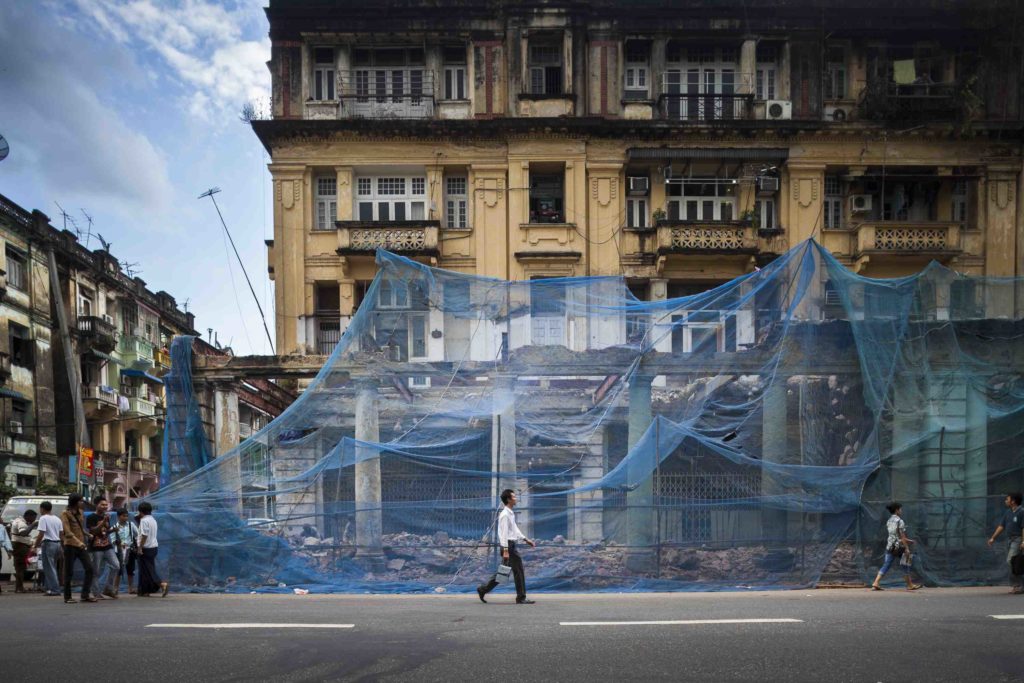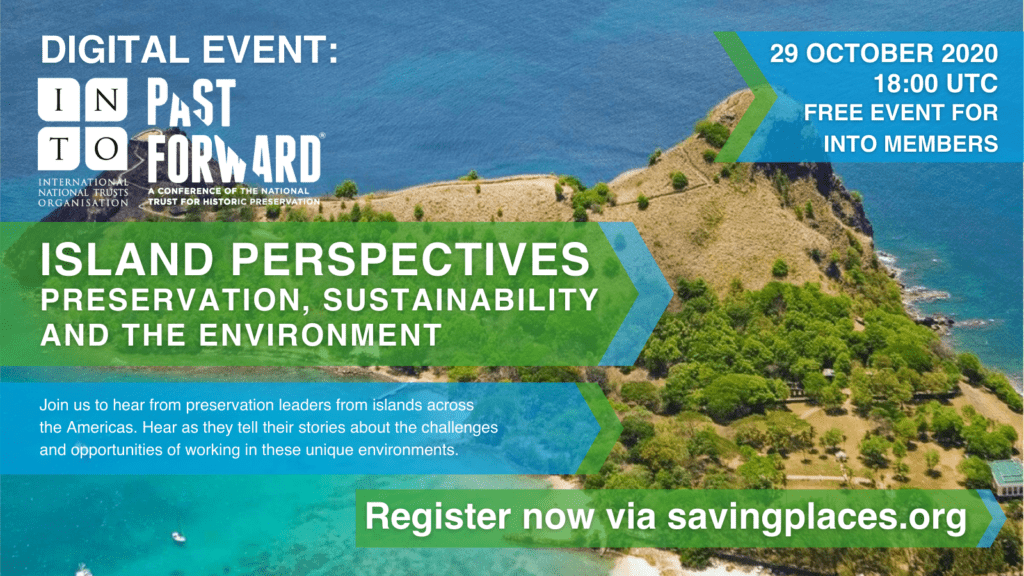-
Six things we learned from our ‘Heritage and Pandemics’ webinar series
Posted on October 13, 2020A blog by Catherine Leonard, Secretary-General
We were delighted to co-host a two-part programme looking at the Asian heritage sector’s response to Covid-19 last week. Working with the Indonesian Heritage Trust and the V&A, we brought together diverse voices to discuss ‘Heritage and Pandemics’.

The themes of ‘Heritage and Pandemics’
As communities across the globe work hard to repair the damage of Covid-19, how can we ensure that heritage plays a role in the rebuilding of places and communities as we move forwards? What do we need from government and the private sector? And what’s the best way for heritage NGOs to communicate and advocate those needs? What messages do we need to send?
Watch the video below for highlights from the second day, where we were ‘Looking to the Future.’ Our speakers Dr Thant Myint-U, HRH Princess Dana Firas, Karni Singh Jasol and Hamdan Majeed gave insights from across the Asian sector. How might we harness the value of heritage when reimagining thriving and liveable cities in the wake of Covid-19?
If you would like to access a full recording of either session of ‘Heritage and Pandemics’ please contact the INTO Secretariat.
1. Importance of local audiences
Programmes that focus on local communities have been more resilient in the face of Covid-19.
We heard about the wetland restoration work the National Trust of Korea has crowdfunded from local supporters. Of major sites like Mehrangarh Fort turning their attention towards domestic tourists. From the surrounding area, but also people enjoying road-trips around India. And of guided walks in Ahmedabad which have been raising people’s awareness of their local heritage.
(We wrote a series of case studies for the Asia-Europe Foundation back in 2012 which featured Ahmedabad. You can read more about Debashish Nayak’s work with heritage trails to transform Indian cities here.)

2. Heritage is good for your mental health
“Among the people of Jodhpur there is a saying that if they don’t see the Fort once in a day, their day is not complete. This is the level of emotion that people attach to heritage and in these difficult times, when people are feeling under such great pressure, heritage has an important role to play in wellbeing.” – Karni Singh Jasol, Director of Mehrangarh Fort
Through Covid, people have become more aware of their environment and cities need to become more liveable. With better air quality, walkability and access to nature, as we saw at the South Korean eco-park.
(You can find out more about Heritage, Health and Wellbeing in this recently published Heritage Alliance Report.)
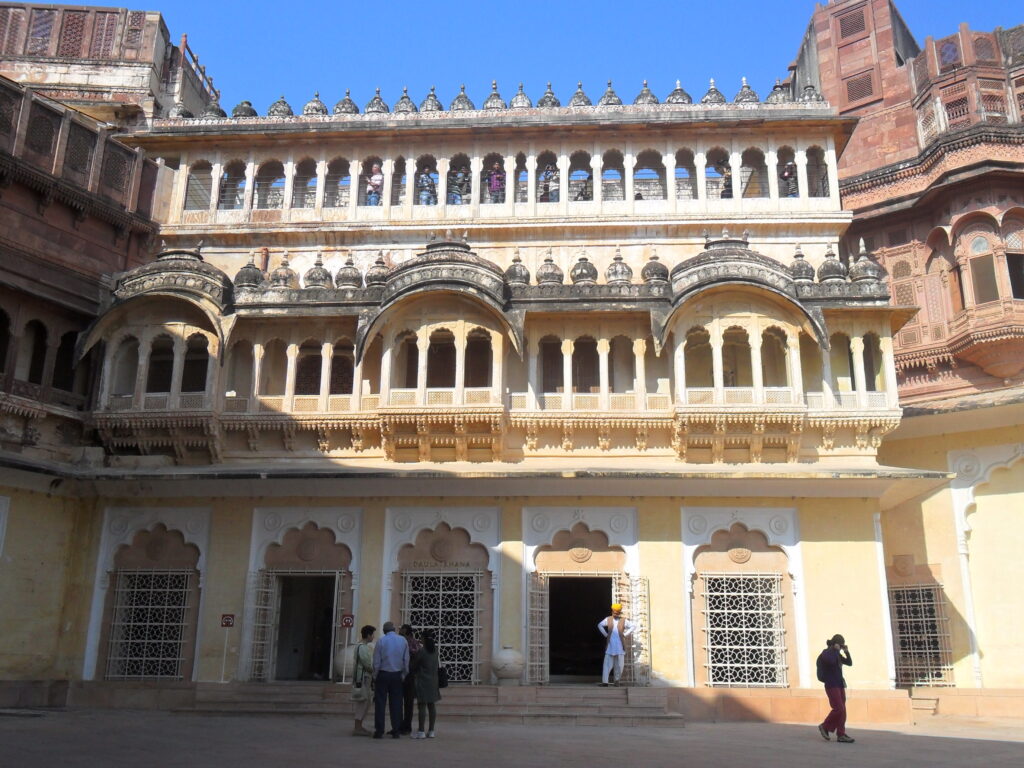
https://www.mehrangarh.org/
3. We need government leadership
Many of our speakers talked about the need for government investment in heritage. Which would be good for the economy, for people’s health and for the environment.
“At a time when governments are thinking about stimulus and economic recovery packages, the right investments [in heritage] made over 2021/22 can have incalculable advantages going forward for decades ahead.” – Thant Myint-U, Founder of the Yangon Heritage Trust
Real leadership is needed. Leadership that doesn’t just allow market forces to do their worst. We heard about changes in government policy in Myanmar to strengthen and extend the demolition moratorium. But also leading by example and finding new uses for empty government real estate in downtown Yangon.
4. But bottom-up approaches work too
“What we have seen in Malaysia is that heritage preservation work started in George Town is beginning to create an impetus for other parts of the country. And this practical, demonstrable experience is now gaining traction at the policy level.” – Hamdan Majeed, Managing Director, Think City
Close collaboration between all the stakeholders – government, entrepreneurs, ngos and the public – can have lasting results. Like how the National Trust of Korea reached a compromise with developers at Cheong-Ju. Their environmental citizenship campaign enabled them to raise awareness and funds. And ultimately to begin making changes to the legal system that will extend the reach of public ownership.
Not all approaches were this successful however and speakers referred to clashes with authorities and developers. Lastly, a note of caution. Princess Dana warned that hard-won advances in balancing development and cultural heritage preservation may be reversed. We all need to advocate strongly that governments should not just “switch the development switch back on”.
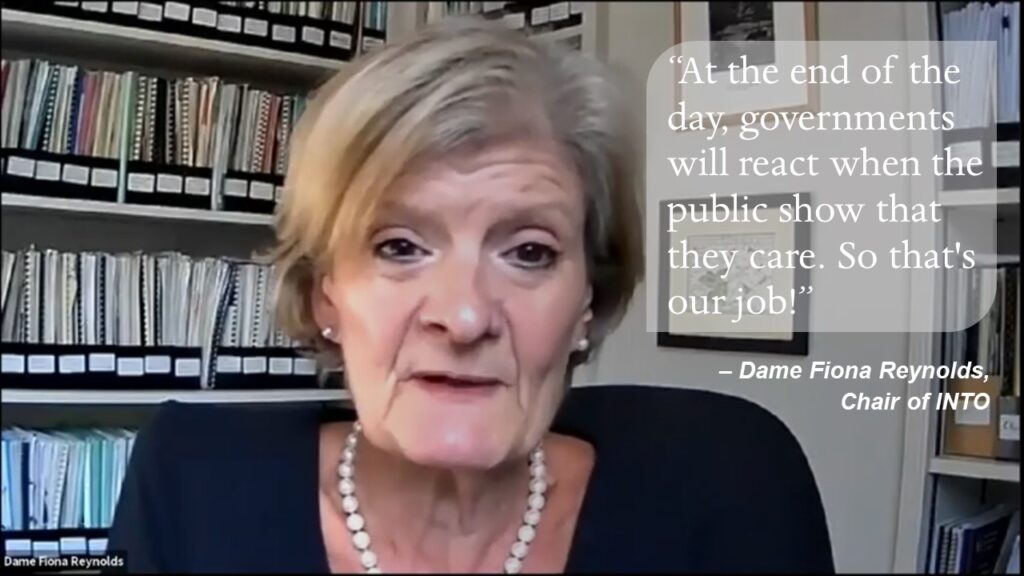
5. Inspiring leadership can make good things happen
In 2011, a group of architects, historians, businesspeople and others banded together to form the Yangon Heritage Trust in a last-ditch attempt to preserve Yangon’s unique character. Under Thant Myint-U’s inspiring leadership, and utilising his connections into government, the Trust was quickly able to stop demolition in the old city. Since the YHT has continued its important work. Providing technical assistance to private owners, engaging the public in local history and working with the authorities on urban planning issues.
“Tourism can be part of the economic recover going forward and heritage preservation can be a big part of that. But there is a wider argument to make, as Myanmar is trying to move from a poor country to a middle-income country, having a beautiful city, a liveable city, is a priceless asset. And that preserving and integrating our heritage as part of the future of the city is also a priceless asset for the country going forward.” – Thant Myint-U, Founder of the Yangon Heritage Trust

6. There are strong links between cultural heritage and resilience
Here is an inspirational quote from another inspirational leader.
“If you’re trying to build an inclusive sense of identity, you go back to your cultural heritage. If you’re trying to build public space in which to debate, talk and bring in different perspectives, that can be done through cultural heritage. And if you’re looking for resilience strategies – how communities throughout history have dealt with adversity, how they have adapted, how they have changed – that comes to us through knowledge of our cultural heritage.
And it makes sense economically. Tourism moving forward will be focussed on specifics, on the quality of the experience, on the cultural heritage of the country so it makes perfect economic sense. Any which way you look at it, you have to advocate very strongly for cultural heritage to remain at the top of the agenda and to bring the different parties together so that you are not just talking to the governments. You’re also talking to the private sector and you’re getting support from the local communities themselves.” – Princess Dana Firas, President of the Petra National Trust
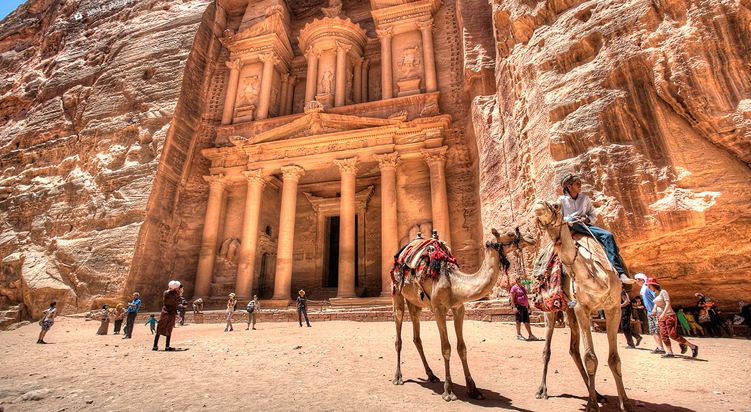
http://petranationaltrust.org/
Our next webinar
We are thrilled to be collaborating with the National Trust for Historic Preservation on our next webinar. It’s called ‘Island Perspectives: Preservation, Sustainability, and the Environment’ and is part of their PastForward digital conference.
From Bermuda, Saint Lucia, Puerto Rico and Haiti, hear how our speakers put sustainability at the heart of their work in an island context. Does caring for natural and cultural heritage together increase impact? Join us to hear from preservation leaders from islands across the Americas as they tell their stories and learn about the challenges and opportunities of working in these unique environments.
There is more information available on our Webinars page.
Additional resources
- Read more about the Impacts of Covid-19 on the global National Trust family and our wider sustainable tourism work.
- Read our case studies of Asian urban heritage PPPs here, as well as other examples of National Trusts working in urban environments.
- Check out our From Start-up to Sustainability: An INTO Handbook for Heritage Trusts for examples of other approaches, including urban programmes in the United States and UK as well as other parts of Asia.

 44 (0)20 7824 7157
44 (0)20 7824 7157